alimentary lymphoma in cats symptoms
Bloodwork is likely to be normal in cats with gastrointestinal. Alimentary lymphosarcoma occurs in the stomach intestines liver and spleen.

Lymphoma In Cats Veterinary Partner Vin
Types of Feline Lymphoma.

. Lymphoma in Cats Symptoms. In light of the clinical symptoms ultrasonography necropsy and histopathological findings. Gnawing on a certain body part.
The clinical signs of this disease will vary depending on the location of the lymphoma. Physical exam findings may be normal though thickened intestines or abdominal masses may be felt. Mediastinal lymphoma is the most common lymphoma in FeLV positive cats and occurs in younger cats around 2 to 3 years of age.
The incidence of this disease has increased significantly over the past 15 years during the post-feline leukemia era. Lymphoma is found to be responsible for around 90 percent of blood cancers and account for about 33 percent of all tumors in cats. It is the most common form of lymphoma.
J Feline Med Surg. J Feline Med Surg. Bumps anywhere on the body.
Vet Clin North Am Small Anim Pract. Given that LGAL shares common clinical. An emerging entity and a potential animal model for human disease Cornell University College of Veterinary.
Alimentary form occurring in the gastrointestinal tract liver abdomen and surrounding lymph nodes. 1 The average age for alimentary lymphoma is 8 to 9 years. Lumps in or near the abdominal region.
The incidence of LGAL has increased over the last ten years and it is now the most frequent digestive neoplasia in cats and comprises 60 to 75 of gastrointestinal lymphoma cases. Despite the common prevalence of this disease appropriate diagnosis and treatment can be challenging. Lymphoma in the lymph nodes comes as swellings around the neck shoulder blades and knees.
Differentiating Inflammatory Bowel Disease from Alimentary Lymphoma in Cats. This is the most common form of feline lymphoma. Low-grade alimentary lymphoma LGAL requires histological assessment of biopsies for diagnosis whereas intermediate- IGAL and high-grade HGAL alimentary lymphoma AL can be diagnosed by cytology of intestinal or mesenteric lymph node aspirates.
Organs that can be affected include the stomach intestines and some of the lymph nodes in the abdomen. B and T cells. There are two forms of lymphocytes.
There are three subtypes based on mitotic rate and cell type determined by examination. There are multiple different types of lymphoma in cats but these types refer more to the location of the blood cancer rather than identifying unique forms of the cancer. Feline low-grade alimentary lymphoma.
Differentiation of feline inflammatory bowel disease and intestinal small cell lymphoma can be challenging and some clinicians argue that it is unnecessary because prognosis and treatment are similar. Alimentary lymphoma- It occurs in the gastrointestinal tract of dogs. Symptoms Gastrointestinal lymphoma accounts for approximately 5 of cases and is less easily diagnosed than the more common.
Clinical signs of lymphoma in the gastrointestinal tract include weight loss vomiting diarrhea and often either a decreased or increased appetite. Get NHVs most useful pet cancer supplements in one holistic pack. Feline alimentary lymphomas mostly seen in FeLV-negative aged cats basically have two distinct types including high-grade lymphomas and low-grade lymphomas and furthermore it is possible to consider the third category LGL lymphomas.
The most common form of feline lymphoma this disease usually occurs in cats between the ages of 9-13 years of age. The symptoms of lymphoma in cats depend on where the cancer is growing. Consistent scratching or licking.
Diagnosis of high-grade and LGL types is usually straightforward by using FNA cytology or histopathology. Author Tracy Gieger 1 Affiliation 1 Department of Veterinary Clinical. It is characterized by an infiltration of the gastrointestinal tract andor associated lymph nodes with neoplastic cancerous lymphocytes.
Sores in your cats mouth. How common is it. Low-grade alimentary lymphoma LGAL is characterised by the infiltration of neoplastic T-lymphocytes typically in the small intestine.
Symptoms Of Lymphoma In Cats. Below a list of commonly-diagnosed forms of feline lymphoma along with corresponding symptoms. In addition many of the symptoms of lymphoma are ones.
It can become fatal if the tumor is situated near the small or large intestine since it can restrict the passage of bowel and pose health hazards. Ad Help your pet cope with symptoms like nausea loss of appetite and energy. Alimentary lymphoma is one of the most commonly diagnosed neoplasms of the cat.
Lymphoma may involve neoplastic proliferation of T or B or non-Bnon-T type lymphocytes occurring primarily in the bone marrow lymph nodes and visceral organs. Alimentary lymphoma in cats and dogs Vet Clin North Am Small Anim Pract. The most common anatomical form of lymphoma in cats is alimentary lymphoma AL.
Feline low-grade alimentary lymphoma. Small-cell-alimentary lymphoma was diagnosed for the 3-year-old cat.
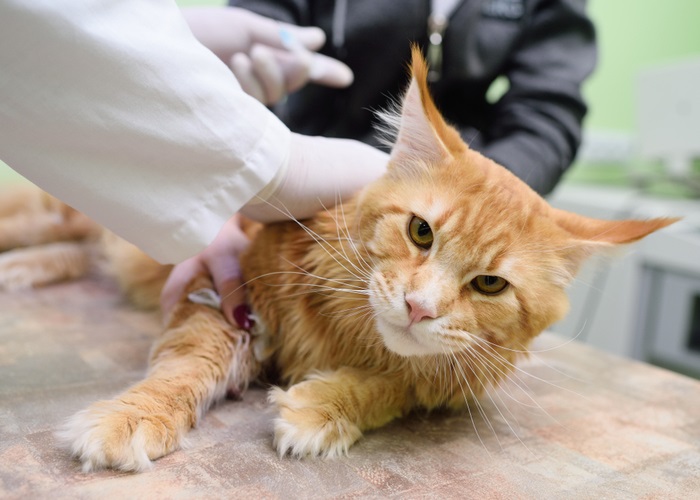
Lymphoma In Cats Symptoms Diagnosis Treatment All About Cats
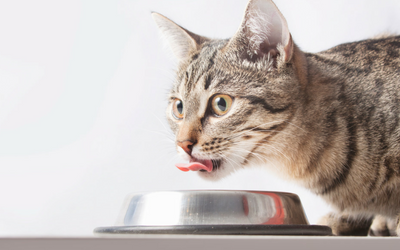
Lymphoma In Cats Vca Animal Hospital

Cancer Lymphoma In Dogs And Cats

How To Diagnose Feline Intestinal Lymphoma 9 Steps

What You Need To Know About Feline Intestinal Lymphoma Vlog 98 Youtube

How To Diagnose Feline Intestinal Lymphoma 9 Steps

Lymphoma In Your Cat Ron Hines Vetspace 2nd Chance The Animal Health Website

3 Ways To Treat Feline Intestinal Lymphoma Wikihow
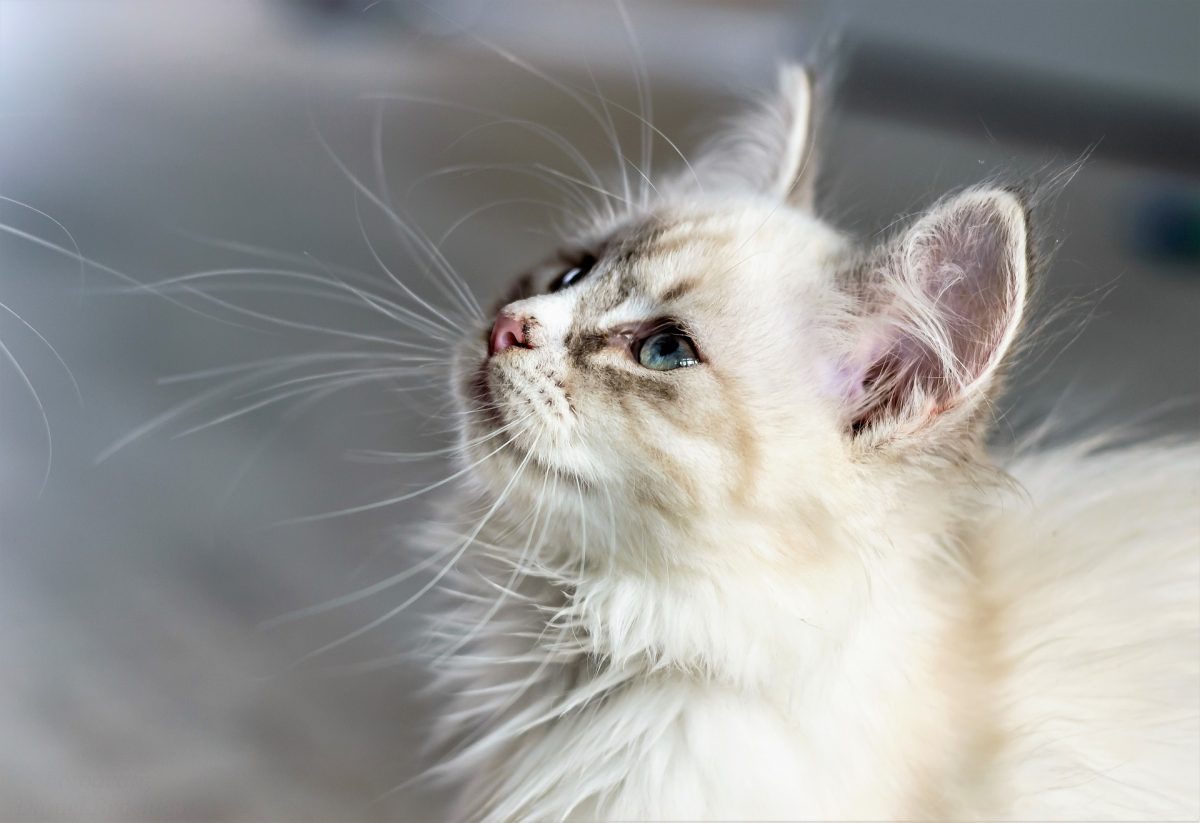
Feline Lymphoma Causes Symptoms Canna Pet

How To Diagnose Feline Intestinal Lymphoma 9 Steps
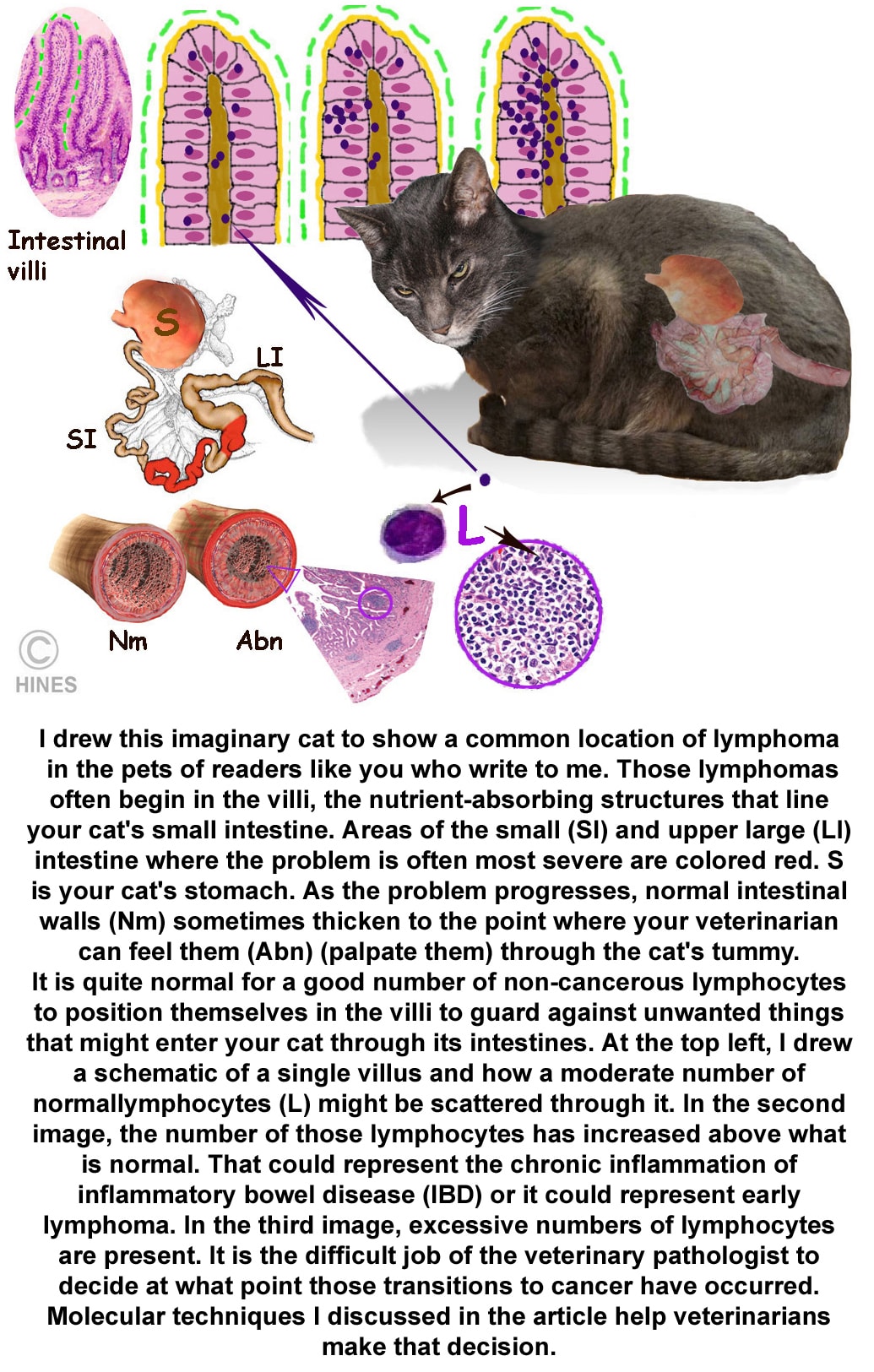
Lymphoma In Your Cat Ron Hines Vetspace 2nd Chance The Animal Health Website

Causes And Risks Of Cat Lymphoma And Leukemia Vlog 97 Youtube

Lymphoma In The Cat Fact Sheet Davies Veterinary Specialists
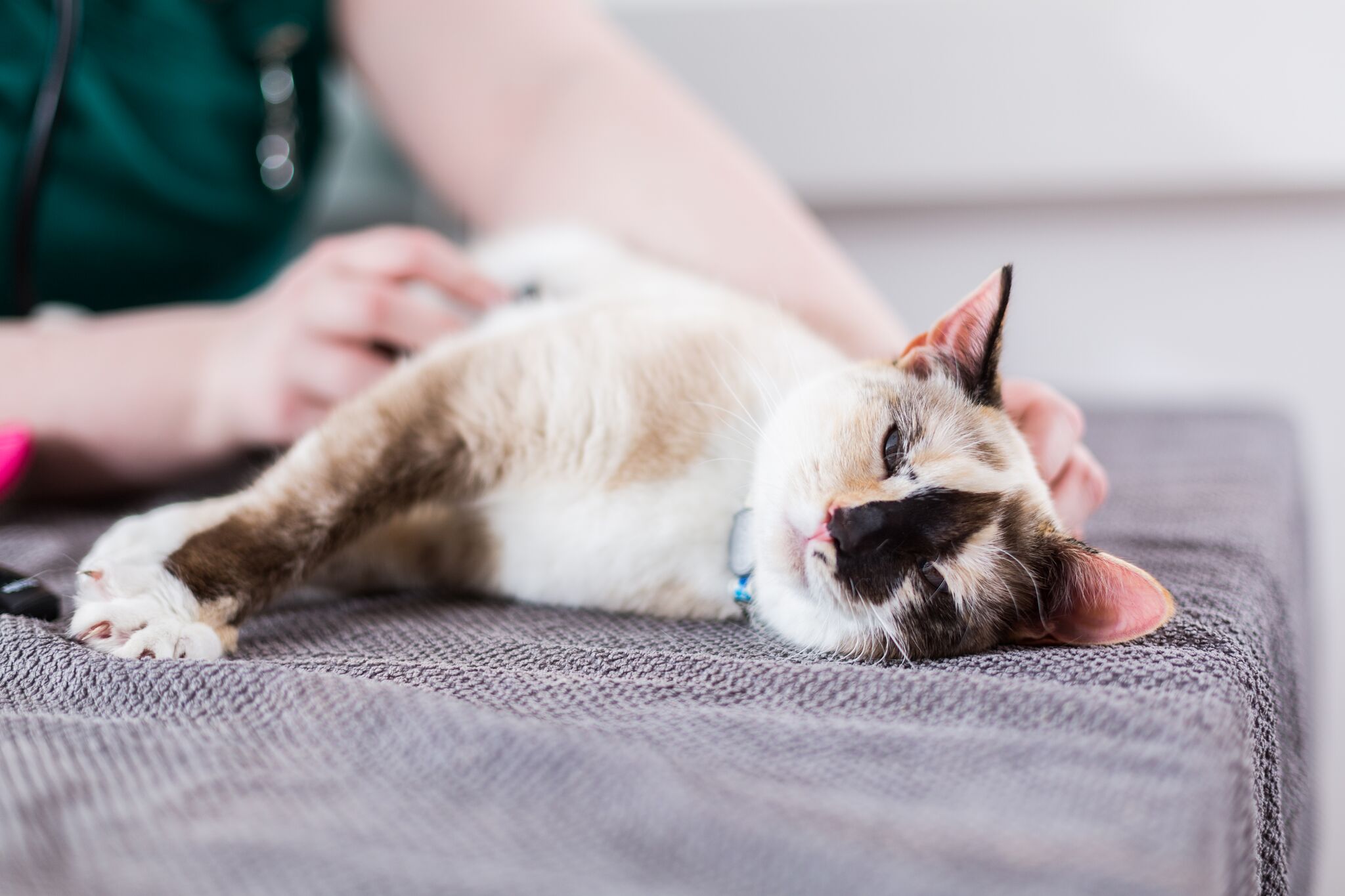
Blog Referral Vets In Leeds Swift Referrals

Understanding Lymphoma In Cats
Tigger And Is It Ibd Or Lymphoma Wild Rose Cat Clinic Of Calgary

